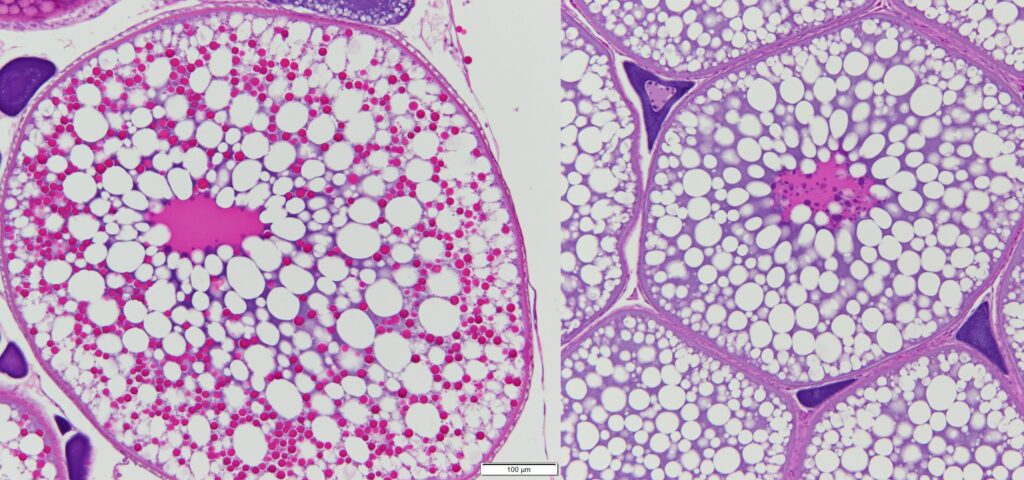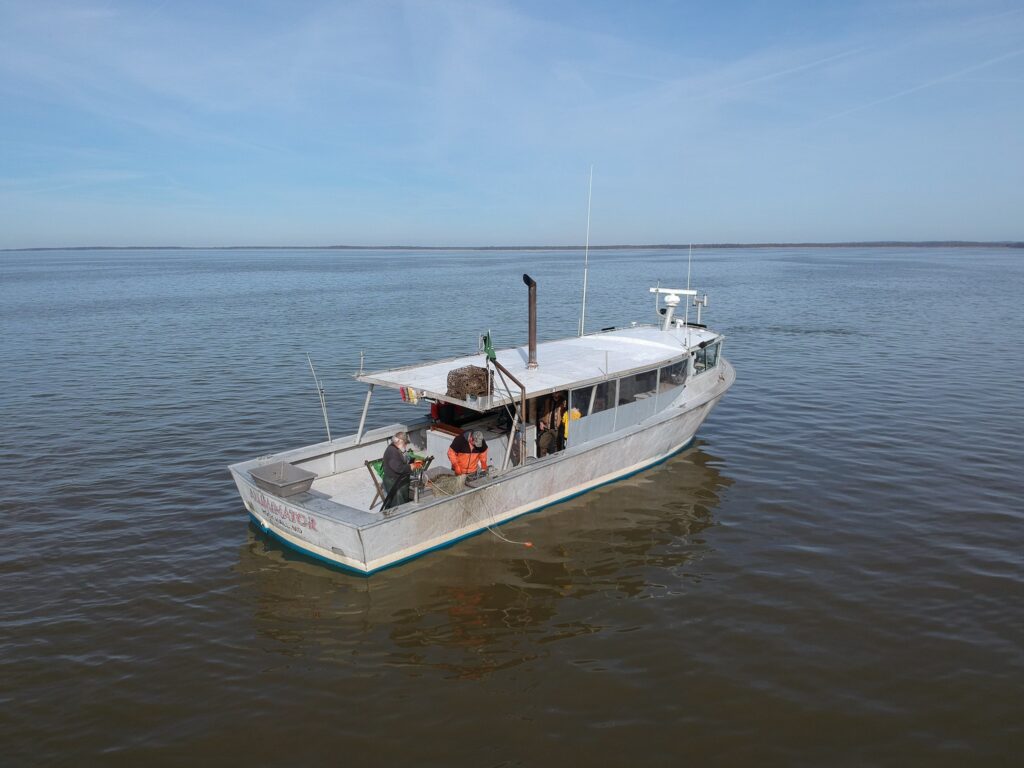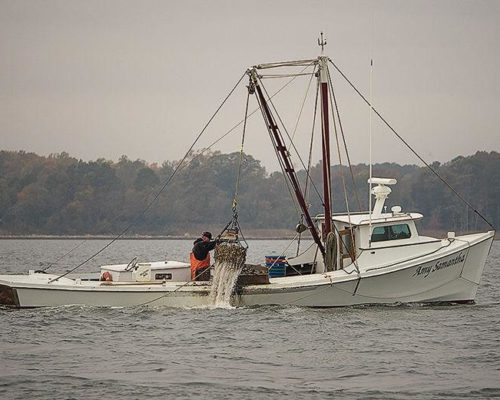With the Chesapeake Bay rockfish industry hanging in the balance, we’re paying close attention to any new data that sheds light on the species. Regulators are walking a tightrope in trying to protect rockfish while still allowing anglers and charter captains to enjoy the Bay’s favorite fishery.
The Maryland Department of Natural Resources (DNR) just shared their latest study’s key findings about female striped bass (rockfish) reproduction. These findings could guide fishery managers, in Maryland and coastwide, to give breeding striped bass a fighting chance.
The study looked to find out the age at which female striped bass mature and how many eggs they can produce at each age. That information can help managers target the fish that are most important to protect.
The study, published in Marine and Coastal Fisheries: Dynamics, Management, and Ecosystem Science, determined that half of females reach sexual maturity between ages 5 and 6, and larger, older females produce more eggs per kilogram body mass than smaller, younger females.
“This research demonstrates the importance of protecting the female breeding stock of striped bass, both throughout their life cycle and particularly when they are at large, productive sizes,” said Lynn Fegley, director of DNR’s Fishing and Boating Services. “By protecting large female striped bass, we can help make sure they produce a lot of eggs that will survive better when the environmental conditions are right for successful spawning.”
A 13-year-old female striped bass could produce up to 4 million eggs, the study found. And the heaviest females produced the most eggs. “This means, for example,” DNR says, that during a given season, “a 30-pound striped bass will produce more eggs than two 15-pound striped bass combined.”
DNR and several state and federal agencies teamed up to collect a wide range of striped bass samples throughout the fall and the spring spawning season in the Bay and the Atlantic coast.
How could the DNR biologists tell the age and maturity of the striped bass they sampled? They studied fish ovaries under a microscope to determine maturity level. Oxford Cooperative Laboratory scientists examined the ovaries on slides to see how far along in the egg development process a fish was.

This research was especially important because the previous estimate of striped bass age at maturity was done back in the 1980s, when the population was considered collapsed.
This new data finds that just a small percentage of females reach maturity by age 4, but about 90 percent do by age 7. And older, larger fish produce disproportionately more eggs.
This research is just one piece of DNR’s monitoring the factors that influence striped bass numbers. The Bay has faced environmental conditions like warm winters and low water flows, contributing to recent spawning challenges. For the last five years, spawning success has been below average in Maryland’s four major spawning rivers. The Atlantic States Marine Fisheries Commission (ASMFC) also determined striped bass were being overfished. They set new management limits in February 2024 to protect the spawning stock going forward.
Those limits have not been popular with the charter fishing industry, especially. Some industry groups are fighting the recently imposed measures with a lawsuit.




